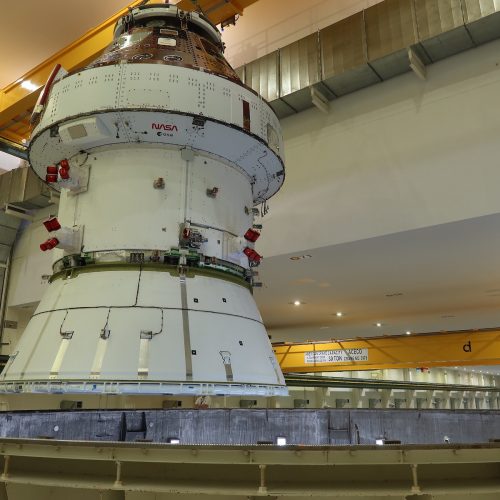OpenAI announces o3 and o3-mini, its next simulated reasoning models
On Friday, during Day 12 of its "12 days of OpenAI," OpenAI CEO Sam Altman announced its latest AI "reasoning" models, o3 and o3-mini, which build upon the o1 models launched earlier this year. The company is not releasing them yet but will make these models available for public safety testing and research access today.
The models use what OpenAI calls "private chain of thought," where the model pauses to examine its internal dialog and plan ahead before responding, which you might call "simulated reasoning" (SR)—a form of AI that goes beyond basic large language models (LLMs).
The company named the model family "o3" instead of "o2" to avoid potential trademark conflicts with British telecom provider O2, according to The Information. During Friday's livestream, Altman acknowledged his company's naming foibles, saying, "In the grand tradition of OpenAI being really, truly bad at names, it'll be called o3."


© Benj Edwards / Andriy Onufriyenko via Getty Images



